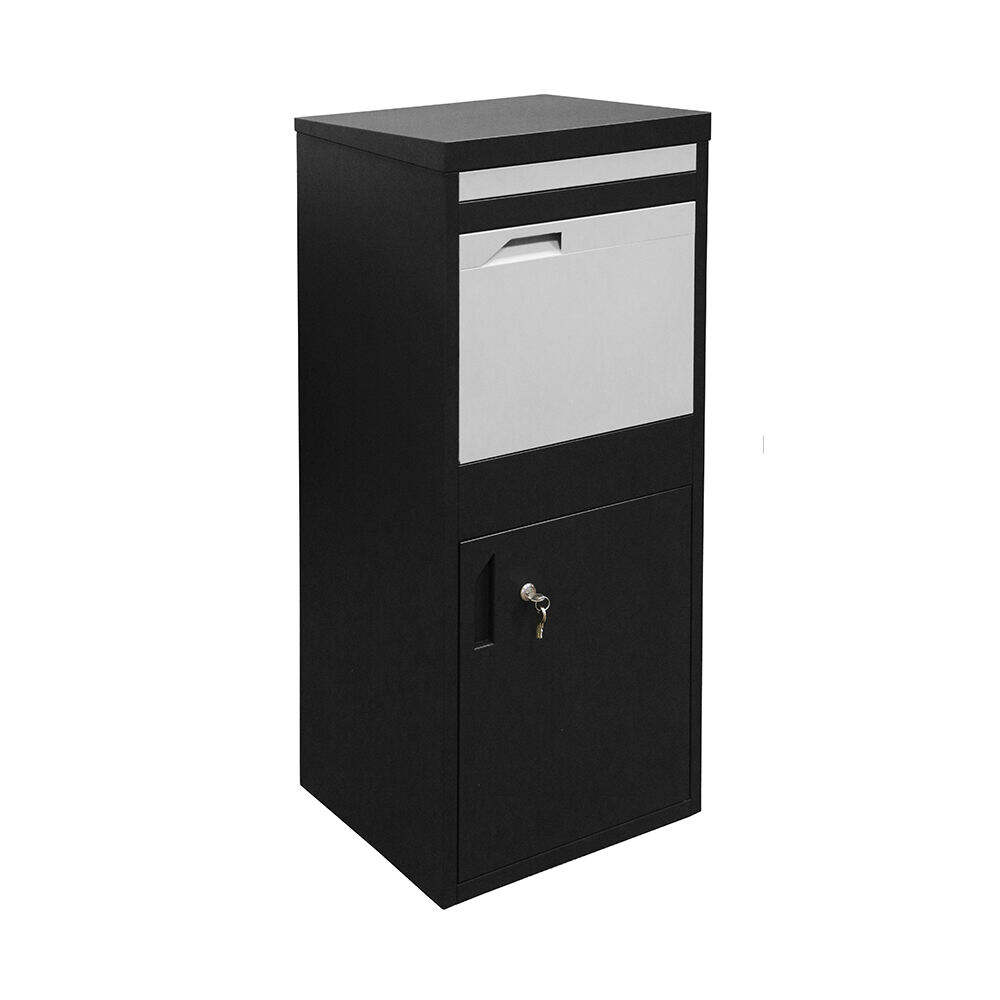In the era of blooming e-commerce, a simple receptacle such as the parcel delivery box now takes the center stage as the first line of defense between a stolen and non-stolen product. Super strong materials and smart designs all play a part, but unarguably the core of its security is the locking mechanism. The reasons are evident in its design, engineering, and integration that makes the production of secure parcel delivery box an activity in dire need of careful attention to this one aspect. Here’s why:
1. The Primary Deterrent and Physical Barrier:
What is visible and tangible which indicates security is the lock. A good lock is physically preventing intruders. A good-quality lock in the sturdiest steel box is only a hint. Manufacturing would have to focus on locks that are designed to stand up against commonly used techniques of breaking and entering such a process of picking, drilling, prying, bumping, or snapping. The gatekeeper is the lock; failure in the lock is the failure of the whole box promise of security.
2. Defining Resistance Levels Against Threats:
The objective of secure box manufacture is not making something impossible to break, a goal that simply cannot be met, but rather, attaining hallmarks of resistance that can be quantitatively assessed. The major determinant of this level is the lock. Lock specifications need to require locks compliant with or better than the established security ratings (e.g. tool and time of attack resistance). The lock core (high security mechanical, solid electronic) selection determines directly the resistance a box is able to identify in facing the opportunistic criminal or a hot purposeful attempt.
3. Enabling Secure Access Protocols:
High-tech access control is needed in contemporary parcel boxes. Keys are no longer all that locking is about. Safe manufacturing incorporates the mechanisms that support:
- Controlled Courier Access: Allowing the usually secure deposit of packages, by delivery personnel, through the use of one-time codes, master keys (securely controlled) or electronic systems, as appropriate.
- Secure Recipient Retrieval: Offering the actual owner convenient but safe and secure access through keys, codes or electronic methods such as smart phone applications or bio-metric (fingerprint).
The facilitator of these protocols is the lock mechanism. Reliability and security of all access events are determined by its design.
4. Durability and Weather Resistance:
Parcel boxes exist in the outside world, and it is an ugly place in terms of tough climatic conditions: rain, snow, extreme hot and cold temperatures, dust and corrosion. A lock mechanism that breaks in such a case makes the box useless. Important production considerations are:
- Seals and Gaskets: Moisture and debris seals such as preventing ingress into the lock cylinder or electronic component.
- Corrosion-Resistant Materials Utilizing stainless steel, brass or other specialty coated materials.
- Temperature Tolerance: Making sure that mechanical parts do not freeze in subzero temperature and that electronics do not overheat, and do not malfunction.
The lock will have to be calculated and tested to survive the environment it has to operate in years and years.
5. Tamper Evidence and Audit Trails (Smart Locks):
features:
- Tamper Detection: Detection and alert to attack an effort to force or defeat the lock.
- Audit Trails: time-stamping and recording access procedures (deposit and retrieval) of all actions, and providing a useful security document to assist in security investigation and dispute resolution.
Combining such functions will provide the lock mechanism with the complexity and stability of connectivity to the system of control of the box.
6. Integration is Key:
The high-quality of a lock does not mean anything when it is not optimally incorporated into the box design. In production, it must be guaranteed:
- Reinforced Mounting: Lock should be fastened rigidly into the box structure with no chance of the attacker bypassing it via the weak points of metal or mounting nearby.
- Protective Features: This adds some protection such as; protective shrouds, anti drill plates and hardened bolts around the lock surface to prevent direct attack.
- Alignment and Easy Operation: Precision engineering means that the locking bolts or latches lock easily and fully into the strike plates every time, and assure secure locking.


